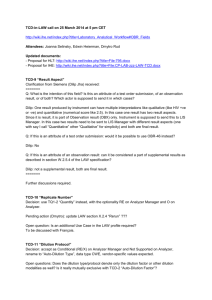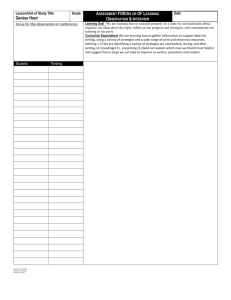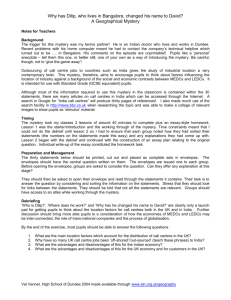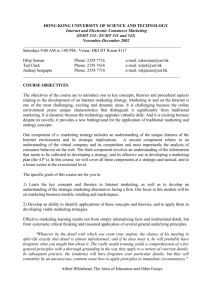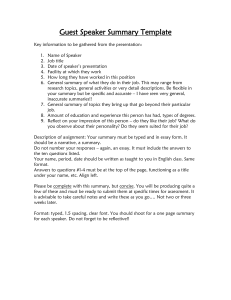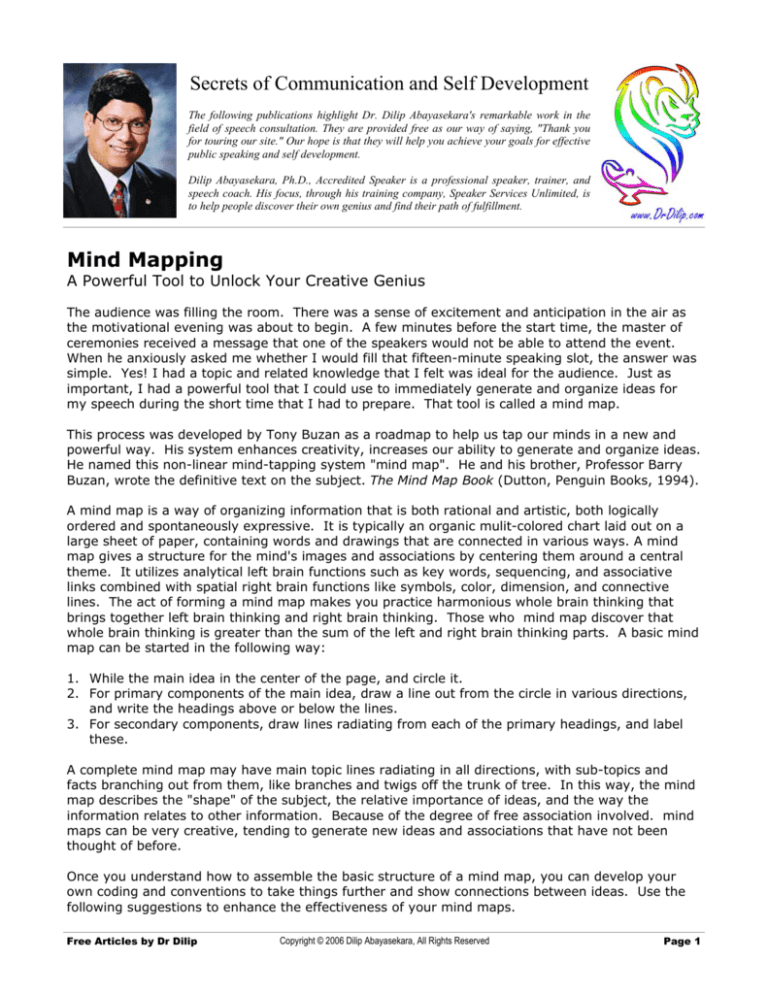
Secrets of Communication and Self Development
The following publications highlight Dr. Dilip Abayasekara's remarkable work in the
field of speech consultation. They are provided free as our way of saying, "Thank you
for touring our site." Our hope is that they will help you achieve your goals for effective
public speaking and self development.
Dilip Abayasekara, Ph.D., Accredited Speaker is a professional speaker, trainer, and
speech coach. His focus, through his training company, Speaker Services Unlimited, is
to help people discover their own genius and find their path of fulfillment.
Mind Mapping
A Powerful Tool to Unlock Your Creative Genius
The audience was filling the room. There was a sense of excitement and anticipation in the air as
the motivational evening was about to begin. A few minutes before the start time, the master of
ceremonies received a message that one of the speakers would not be able to attend the event.
When he anxiously asked me whether I would fill that fifteen-minute speaking slot, the answer was
simple. Yes! I had a topic and related knowledge that I felt was ideal for the audience. Just as
important, I had a powerful tool that I could use to immediately generate and organize ideas for
my speech during the short time that I had to prepare. That tool is called a mind map.
This process was developed by Tony Buzan as a roadmap to help us tap our minds in a new and
powerful way. His system enhances creativity, increases our ability to generate and organize ideas.
He named this non-linear mind-tapping system "mind map". He and his brother, Professor Barry
Buzan, wrote the definitive text on the subject. The Mind Map Book (Dutton, Penguin Books, 1994).
A mind map is a way of organizing information that is both rational and artistic, both logically
ordered and spontaneously expressive. It is typically an organic mulit-colored chart laid out on a
large sheet of paper, containing words and drawings that are connected in various ways. A mind
map gives a structure for the mind's images and associations by centering them around a central
theme. It utilizes analytical left brain functions such as key words, sequencing, and associative
links combined with spatial right brain functions like symbols, color, dimension, and connective
lines. The act of forming a mind map makes you practice harmonious whole brain thinking that
brings together left brain thinking and right brain thinking. Those who mind map discover that
whole brain thinking is greater than the sum of the left and right brain thinking parts. A basic mind
map can be started in the following way:
1. While the main idea in the center of the page, and circle it.
2. For primary components of the main idea, draw a line out from the circle in various directions,
and write the headings above or below the lines.
3. For secondary components, draw lines radiating from each of the primary headings, and label
these.
A complete mind map may have main topic lines radiating in all directions, with sub-topics and
facts branching out from them, like branches and twigs off the trunk of tree. In this way, the mind
map describes the "shape" of the subject, the relative importance of ideas, and the way the
information relates to other information. Because of the degree of free association involved. mind
maps can be very creative, tending to generate new ideas and associations that have not been
thought of before.
Once you understand how to assemble the basic structure of a mind map, you can develop your
own coding and conventions to take things further and show connections between ideas. Use the
following suggestions to enhance the effectiveness of your mind maps.
Free Articles by Dr Dilip
Copyright © 2006 Dilip Abayasekara, All Rights Reserved
Page 1
•
Use single words or simple phrases. Strong words and evocative phrases can be more
powerful than long sentences.
•
Use color to separate different ideas. This will help your mind to separate ideas when
necessary, organize information, and will help in remembering information in the future.
•
Use symbols and images. When a symbol speaks more strongly to you than words, use it.
Images help with the recall of information.
•
Use shapes, circles, and frames to connect information. They are additional tools to
help show the groupings and relationships of information.
•
Use arrows to show cause and effect.
The creative potential of mind mapping is particularly useful in brainstorming sessions. You need
only to start with the basic problem as the center, then generate associations and ideas in order to
arrive at a large number of different possible solutions. Other effective uses for mind maps
include: organizing ideas for speeches, reports and articles; planning training events, meetings,
and parties; problem solving, studying; and interview preparation. Graduates of my mind map
course have also reported using mind mapping to reduce stress, set goals, understand themselves,
and plan a career. Others have reported that mind mapping is successful in resolving conflicts. In
mind mapping, you have a tool that allows the most powerful computer on earth, the human brain,
to function in a natural, harmonious way that unlocks the creative genius within you.
Since it is a system that taps into the way the brain naturally functions, you find that mind mapping
puts you in touch with your true creative potential, and that you can generate and organize ideas at
an incredibly fast pace. Use of color and images stimulates the imagination. In addition, color,
symbols, key words, and associative links all make the mind map far more memorable than
traditional linear written or typed notes.
The most gratifying proof of the power of mind mapping comes to me from the graduates of my
mind mapping course. A computer systems professional wrote: "I feel I have been shown a key to
unlocking the flood of creativity I know is inside me." A college professor wrote: "I learned a new
way to think. I learned to focus in a new and fascinating way. It was informative, helpful, and eye
opening. It was literally mind expanding." Perhaps the most succinct and revealing comment about
this method is one which Michael Gelb, a "Master Teacher" of mind mapping, heard from one of his
students: "Thank you for finally waking up my brain!"
MINNESOTA WESTERN, Meeting and Presentation Systems
Dilip Abayasekara, Ph.D., Accredited Speaker, is a professional speaker, trainer, and speech coach. His focus, through his training company, Speaker
Services Unlimited, is to help people discover their own genius and find their path of fulfillment. Dr. Abayasekara is also an adjunct faculty member of
Central Pennsylvania College in Oral Communications and is an adjunct faculty member of Eastern University's School of Professional Studies in the area of
Managerial and Interpersonal Communications. He is the author of the book, The Path of the Genie, Your Journey to Your Heart’s Desire. In 2005-2006 he
served as President of Toastmasters International, the world's leading organization that helps people improve their communication and leadership skills. “Dr.
Dilip,” as he is known to most clients, specializes in private speech coaching. Among his clients have been company presidents, business executives,
university professors, scientists, engineers, physicians, elected city officials, members of the clergy, leaders of volunteer organization, and speech
contestants.
Dr. Dilip Abayasekara • PO Box 405, Enola, PA 17025 • Ph: 717.728.2203 • Email: drdilip@drdilip.com • Web Site: www.drdilip.com
Free Articles by Dr Dilip
Copyright © 2006 Dilip Abayasekara, All Rights Reserved
Page 2


